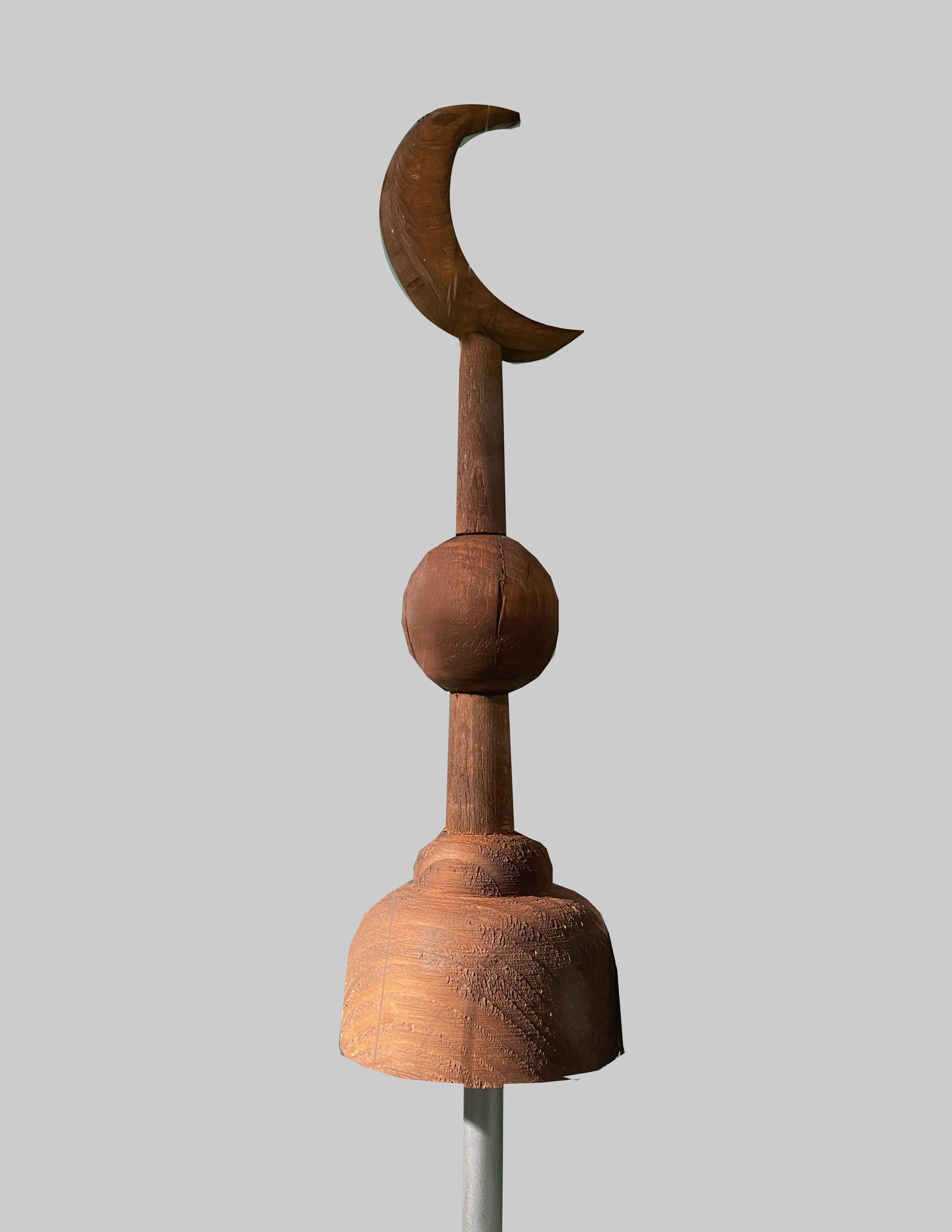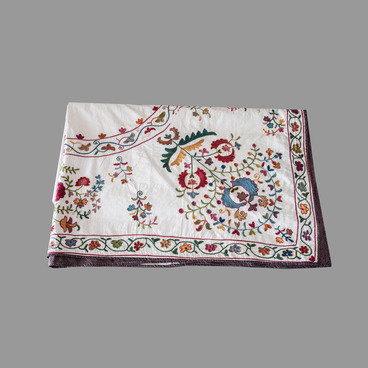After Kazan Khanate became part of the Russian Empire, there began an intensive process of Muslims integration in the society with customs and cultural values that were foreign to them. They continued living their lives in their communities, observed their rituals and honored their forefathers’ traditions, but at the same time, they complied with the laws of a multinational state. One of the laws prescribed that people of other faiths, along with other subjects of the empire, were to participate in military campaigns. Remaining faithful to their Islamic religion, Tatars and Bashkirs said namaz, their mandatory prayer, at least five times a day even in the field.
Some types of namaz should ideally be said in a mosque. It applies, for example, to Friday afternoon jumah and feast prayers. Therefore, a portable mosque was created to conduct prayer services in the field. It represented a modular wooden structure imitating a mosque with the base, dome or minaret. Its top was decorated with a crescent, an ancient symbol of Islam. The base of a portable mosque had an opening for a bayonet: during prayers the structure was set on it and held high so that all worshipers could see it. The crescent was turned to point towards Mecca, as worshipers should face it when saying namaz.
This way Muslims marked their place of worship in the field with enviable ingenuity using a portable mosque. Islam permits such a liberty, since a building for namaz is just a convention, a gathering point for Muslims to pray. It can be located anywhere as instructed by prophet Muhammad, who, according to the Quran, could pray anywhere in Mecca and often withdrew by himself to a quiet place to say namaz in the open air.
According to eyewitnesses, such namaz services conducted under a portable mosque during military campaigns could bring together several thousand Muslims. It was not only a magnificent, but also a fascinating sight. Muslims would line up behind a portable mosque and say their prayer, which, reinforced by the worshipers’ energy, often made an indelible impression on followers of other religions. Tsarist Russian army encouraged such services, as they raised the soldiers’ morale, gave them the confidence and calm required before a battle. Incidentally, Orthodox Christians and Catholics also practiced open-air worship services in the field, but they did it much less often and, as a rule, timed them for religious holidays.
Some types of namaz should ideally be said in a mosque. It applies, for example, to Friday afternoon jumah and feast prayers. Therefore, a portable mosque was created to conduct prayer services in the field. It represented a modular wooden structure imitating a mosque with the base, dome or minaret. Its top was decorated with a crescent, an ancient symbol of Islam. The base of a portable mosque had an opening for a bayonet: during prayers the structure was set on it and held high so that all worshipers could see it. The crescent was turned to point towards Mecca, as worshipers should face it when saying namaz.
This way Muslims marked their place of worship in the field with enviable ingenuity using a portable mosque. Islam permits such a liberty, since a building for namaz is just a convention, a gathering point for Muslims to pray. It can be located anywhere as instructed by prophet Muhammad, who, according to the Quran, could pray anywhere in Mecca and often withdrew by himself to a quiet place to say namaz in the open air.
According to eyewitnesses, such namaz services conducted under a portable mosque during military campaigns could bring together several thousand Muslims. It was not only a magnificent, but also a fascinating sight. Muslims would line up behind a portable mosque and say their prayer, which, reinforced by the worshipers’ energy, often made an indelible impression on followers of other religions. Tsarist Russian army encouraged such services, as they raised the soldiers’ morale, gave them the confidence and calm required before a battle. Incidentally, Orthodox Christians and Catholics also practiced open-air worship services in the field, but they did it much less often and, as a rule, timed them for religious holidays.


